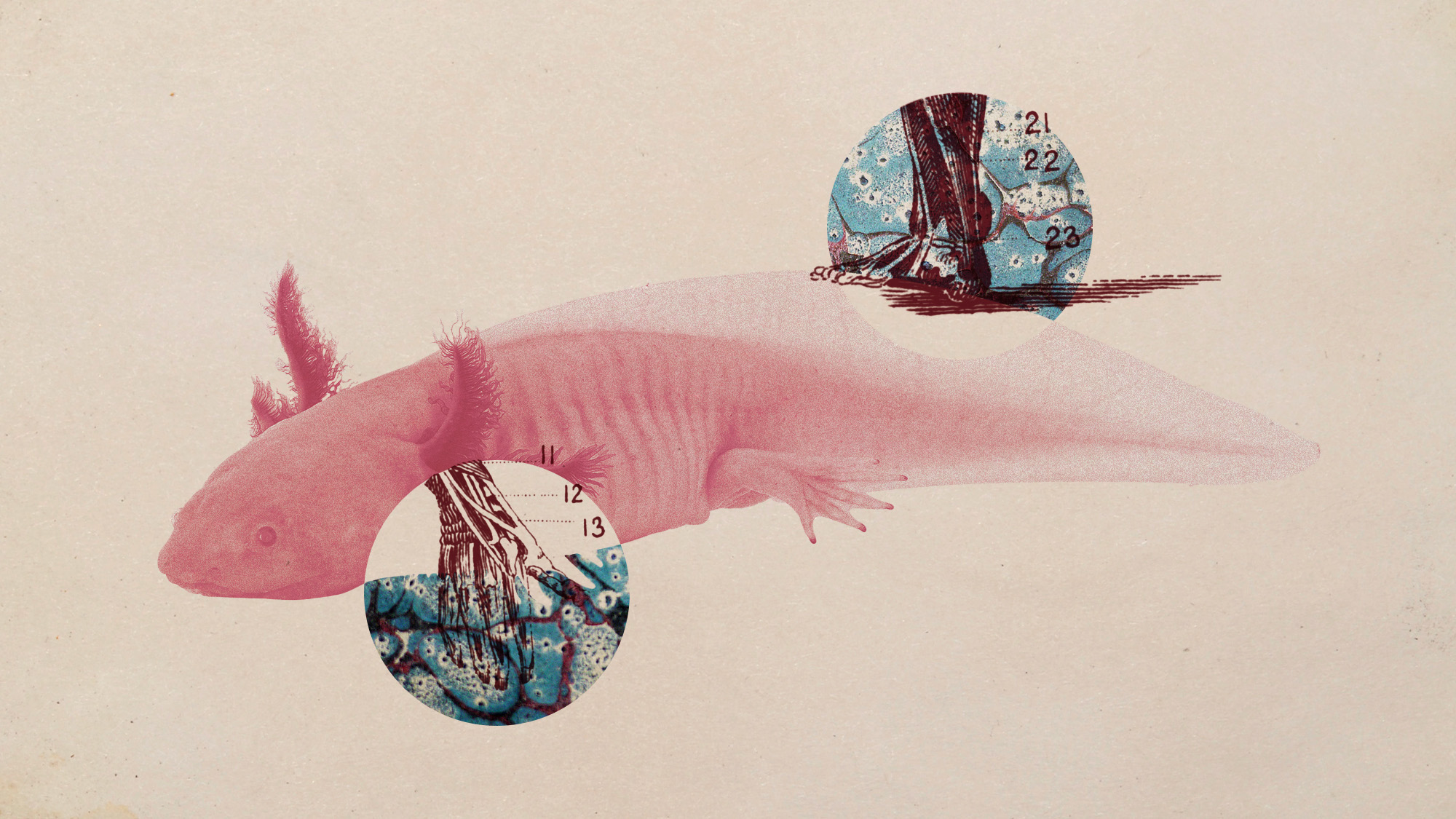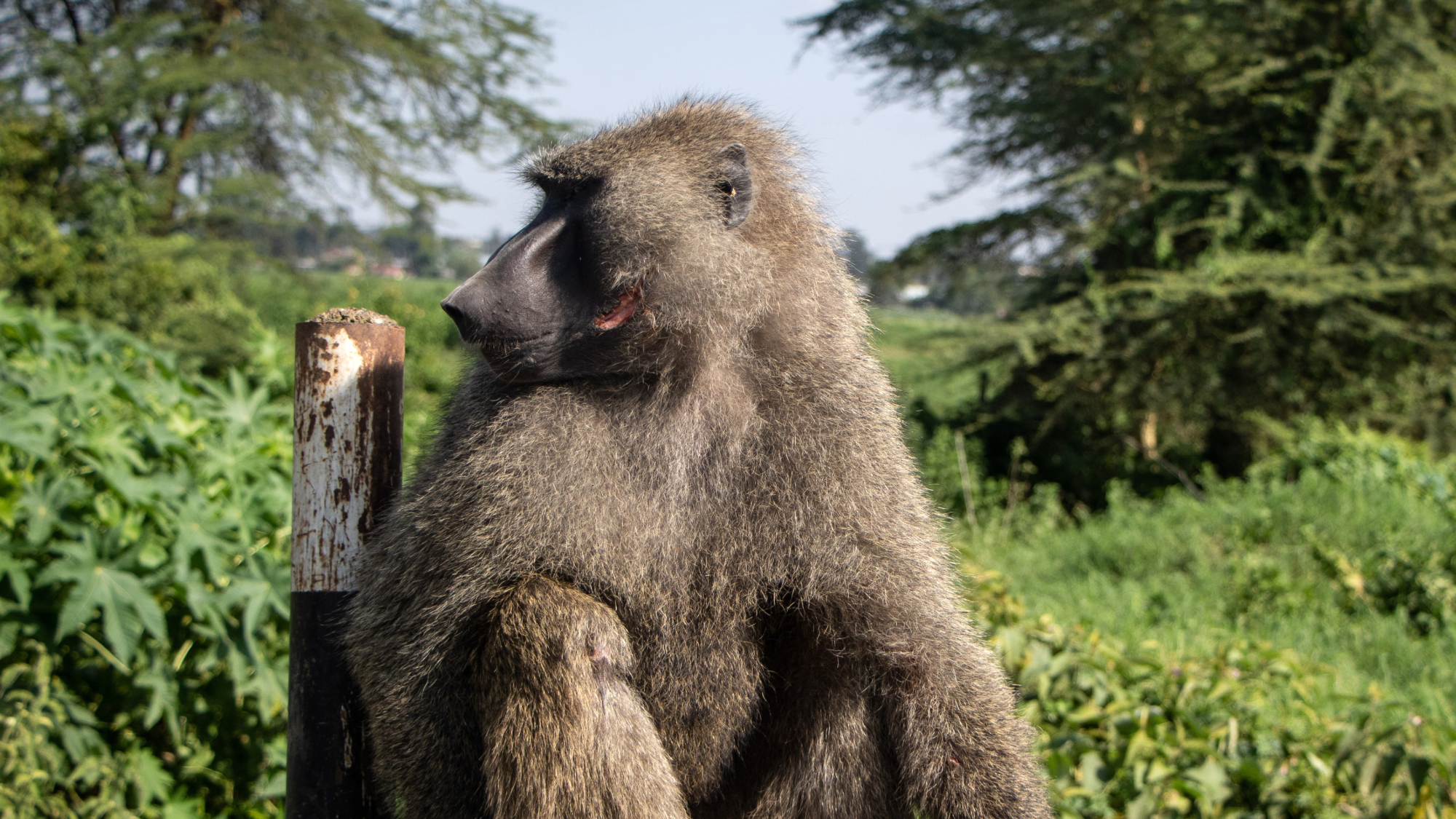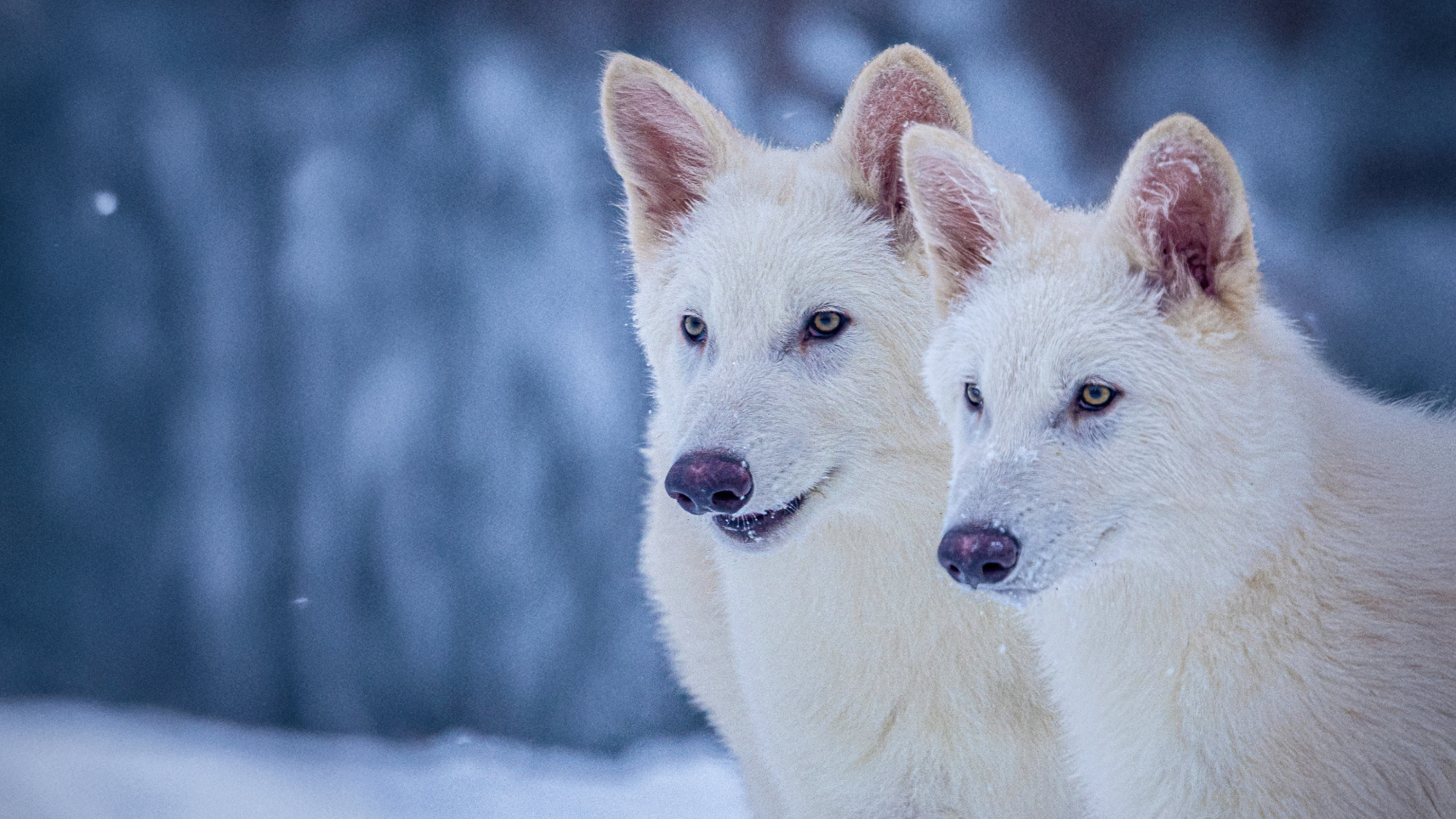Health & Science
Visitors from outer space; Your elusive future self; A galaxy full of Earths; Are cows part reptile?
Visitors from outer space
Near misses by comets and asteroids are rare events, but in 2013, earthlings will experience at least three. A menacing, 1,000-foot-wide asteroid named Apophis last week passed within 9 million miles of our planet—close by astronomical standards. Dubbed “the doomsday asteroid,” Apophis has an elliptical orbit around the sun that will bring it much closer to Earth in 2036. Since its orbit was not precisely calculated, there had been fears it might strike us on that next visit—a catastrophic impact that would be equivalent to 25,000 atomic bombs. But after closely analyzing Apophis’s trajectory on last week’s flyby, NASA says it has now “completely excluded any chance of impact in 2036.” In February, a smaller asteroid, about 150 feet in diameter, will miss Earth by a mere 21,600 miles—only about one tenth the distance from Earth to the moon. November could bring the most spectacular visitor of all—what astronomers are calling the comet of the century. If the newly discovered comet, named ISON, does not break up as it swings around the sun, its tail—formed by gases and dust boiling off its icy surface—could be as bright in the night sky as a full moon. Comet watcher John Bortle tells NBCNews.com that ISON may have a tail of “amazing length and surface brightness,” unmatched by any since the Great Comet of 1680. Asteroids and comets are cosmic debris left over from the birth of our solar system, about 4.5 billion years ago.
Your elusive future self
The Week
Escape your echo chamber. Get the facts behind the news, plus analysis from multiple perspectives.

Sign up for The Week's Free Newsletters
From our morning news briefing to a weekly Good News Newsletter, get the best of The Week delivered directly to your inbox.
From our morning news briefing to a weekly Good News Newsletter, get the best of The Week delivered directly to your inbox.
Most of us acknowledge that our values, preferences, and personalities have changed quite a bit from a decade ago. But when asked to project 10 years into the future, a new Harvard University study has found, we assume we’ll be exactly the same, if a bit more wrinkled—what researchers are calling “the end of history illusion.” Psychologist Daniel Gilbert and colleagues surveyed more than 19,000 people between the ages of 18 and 68 and found that the vast majority were unable to imagine changing as much in the future as they readily admitted they had in the past. “All of us seem to have this sense that development is a process that has delivered us to this point and now we’re done,” Gilbert tells LiveScience.com. Younger people were particularly prone to believing that what they thought and valued now would hold true throughout their lives. “The end of history illusion” helps to explain why people get ill-advised tattoos, marry questionable partners, or make financial-planning decisions they come to regret. “People really aren’t very good at knowing who they’re going to be and hence what they’re going to want a decade from now,” Gilbert says. “At every age we think we’re having the last laugh, and at every age we’re wrong.”
A galaxy full of Earths
As astronomers use new technology to survey the heavens, it’s becoming abundantly clear that our galaxy is teeming with Earth-like planets. New data from NASA’s planet-hunting Kepler telescope suggests that there may be as many as 17 billion planets the size of Earth in the galaxy, dramatically increasing the odds that extraterrestrial life exists. Kepler recently discovered 461 possible new planets, bringing its total haul since its mission began, in 2009, to 2,740. Extrapolating from the tiny fraction of the sky that Kepler has surveyed, researchers arrived at their spectacular estimate that one in six stars of the 200 billion in the Milky Way has an Earth-sized planet. “If you look up on a starry night,” astronomer Francois Fressin tells the Associated Press, “each star you’re looking at—almost each one of them—has a planetary system.” In some of them, someone might be looking back.
Are cows part reptile?
A free daily email with the biggest news stories of the day – and the best features from TheWeek.com
Cows have some DNA they apparently borrowed from snakes—a surprising finding that indicates that genes can travel between species. Molecular biologists analyzing the cow genome discovered that 25 percent of its DNA had originated in a reptile—possibly a snake. Scientists have long known that DNA can travel between microbes, but the “lateral” transfer of genes between species has never been observed in more complex creatures. The reptilian DNA segments may have hitchhiked on a virus that infected a cow, or been transmitted by a tick that bit a snake and then a cow. These “jumping genes” continue to replicate themselves within the new species, but there’s no evidence they express themselves as traits, University of Adelaide molecular biologist David Adelson tells Mother Jones. A cow, in other words, doesn’t look or act like a snake, despite some common DNA. The finding suggests that “nature has been shuffling bits of DNA between species for the last couple of hundred million years,” Adelson says. He plans to study whether the human genome also contains “jumping genes” from other species.
-
 Why is Trump’s alleged strike on Venezuela shrouded in so much secrecy?
Why is Trump’s alleged strike on Venezuela shrouded in so much secrecy?TODAY'S BIG QUESTION Trump’s comments have raised more questions than answers about what his administration is doing in the Southern Hemisphere
-
 Vance’s ‘next move will reveal whether the conservative movement can move past Trump’
Vance’s ‘next move will reveal whether the conservative movement can move past Trump’Instant Opinion Opinion, comment and editorials of the day
-
 Why recognizing Somaliland is so risky for Israel
Why recognizing Somaliland is so risky for IsraelTHE EXPLAINER By wading into one of North Africa’s most fraught political schisms, the Netanyahu government risks further international isolation
-
 5 recent breakthroughs in biology
5 recent breakthroughs in biologyIn depth From ancient bacteria, to modern cures, to future research
-
 Bacteria can turn plastic waste into a painkiller
Bacteria can turn plastic waste into a painkillerUnder the radar The process could be a solution to plastic pollution
-
 Scientists want to regrow human limbs. Salamanders could lead the way.
Scientists want to regrow human limbs. Salamanders could lead the way.Under the radar Humans may already have the genetic mechanism necessary
-
 Is the world losing scientific innovation?
Is the world losing scientific innovation?Today's big question New research seems to be less exciting
-
 Breakthrough gene-editing treatment saves baby
Breakthrough gene-editing treatment saves babyspeed read KJ Muldoon was healed from a rare genetic condition
-
 Humans heal much slower than other mammals
Humans heal much slower than other mammalsSpeed Read Slower healing may have been an evolutionary trade-off when we shed fur for sweat glands
-
 Scientists map miles of wiring in mouse brain
Scientists map miles of wiring in mouse brainSpeed Read Researchers have created the 'largest and most detailed wiring diagram of a mammalian brain to date,' said Nature
-
 Scientists genetically revive extinct 'dire wolves'
Scientists genetically revive extinct 'dire wolves'Speed Read A 'de-extinction' company has revived the species made popular by HBO's 'Game of Thrones'